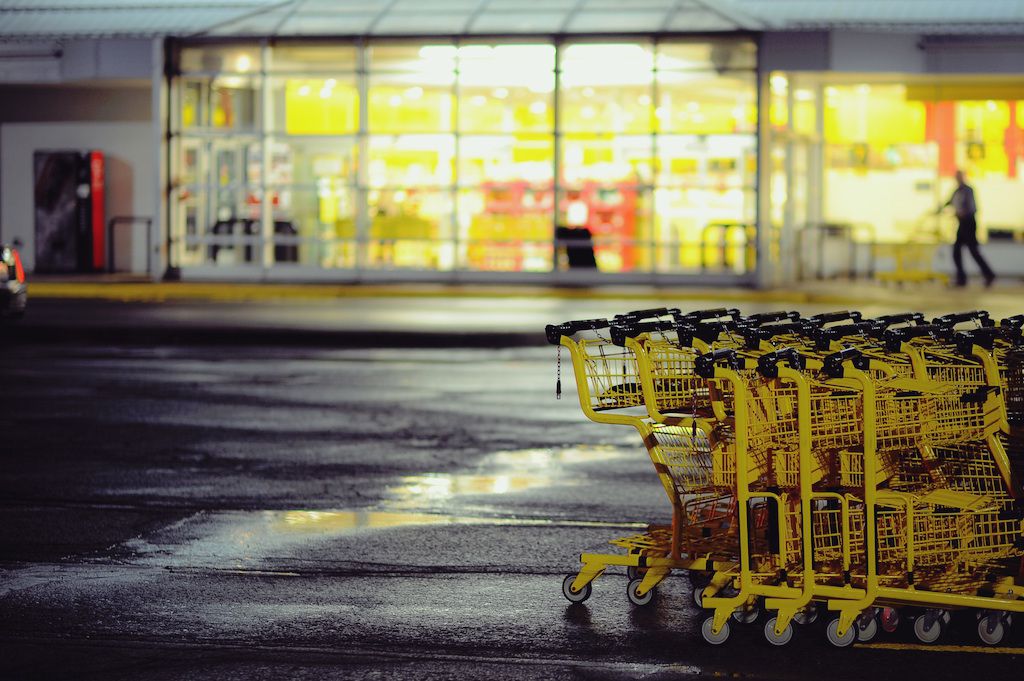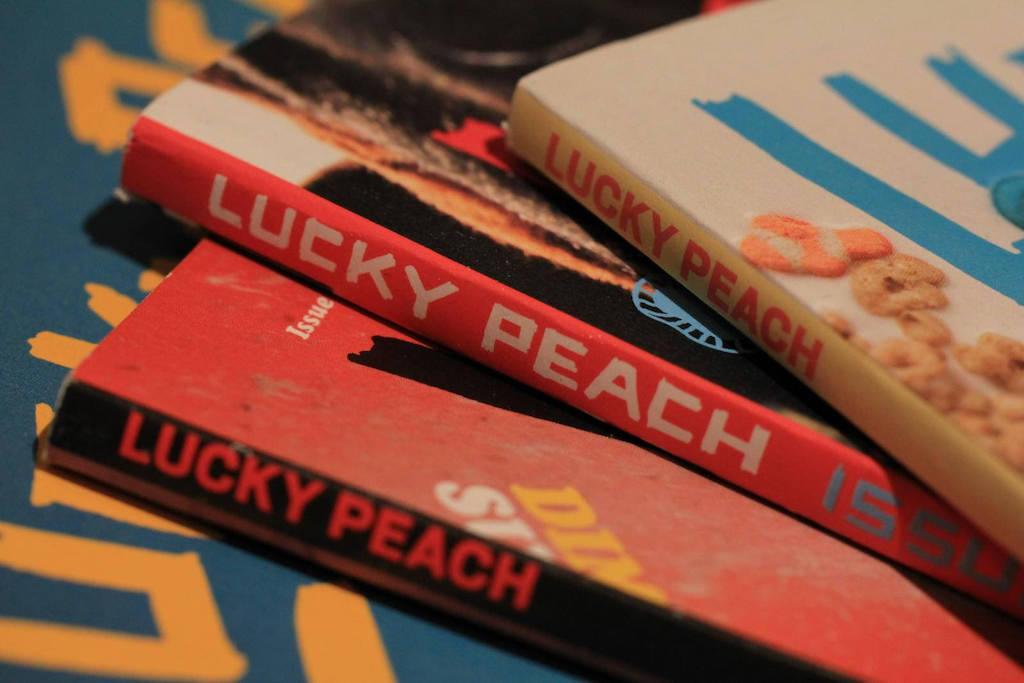
Claire
Five months ago, a new kind of grocery store opened in Dorchester, a vast, low-income section of south Boston. Founded by former Trader Joe’s president Doug Rauch, Daily Table is able to sell food at very deep discounts because it is near the end of its shelf life, or slightly blemished; what makes it different from other food banks or discount stores is that every item sold–fresh, boxed, canned, and, importantly, prepared—adheres to a strict set of nutritional guidelines meant to improve health. (Daily Table even shares premises with a neighborhood health center.)
The publicity Rauch drummed up during the store’s long gestation made it seem like Daily Table would be the answer to hunger, food waste, and food deserts—all rolled into one modest market. You might have questions similar to mine: is Daily Table a real alternative to supermarkets, bodegas, and Walmart? Is the food actually any good? Can it break even or make money? And can the model scale? These were the questions I asked Rauch (pronounced “Rau”) on a recent visit to the store.
Yes, I learned, the store saves money by selling donated and discounted inventory—but Rauch sets his retail prices so low (the idea, after all) that it’s a challenge to cover food and staff costs. Rauch is already raising money for two more Boston locations, but he’ll have to find a way for Daily Table to break even if it’s to become a replicable, workable model for dozens or even hundreds of stores like it across the country.
The prices are startling. On my tour, I saw Stonyfield Farms YoBaby yogurt, one of its top-selling items, for half its usual price. A plentiful supply of soups—like tomato, chicken and rice, and butternut squash—ranged from $1.49 to $3.99. Entrees like mac and cheese, or Salisbury steak went for $1.79 to $4.99. And sides like black beans, rice, and braised greens were being sold for 50 cents to $1.
The store doesn’t sell spoiled or past-prime food—a misconception that has dogged Daily Table since before it even opened. Instead, Rauch takes advantage of “short-dated” food, items that lose a huge percentage of their market value because the sell-by date (already more a function of distributors’ rotation schedules than anything related to food safety) gives shippers and retailers insufficient time to feature them on store shelves.
The produce wasn’t even blemished, as I inconsiderately hoped it would be, since I’m so against the fetish for perfect-looking fruits and vegetables. Rauch pointed to the apples, squash, and last-of-the-season tomatoes, gorgeous and full to bursting, and recounted stories of farmers from around New England making available to him the crops they couldn’t sell or that weren’t of the finest visual quality or were reaching the end of their ripeness, and selling them at negligible prices. And Daily Table does have a way to use gnarled or pockmarked produce: in their prepared foods—the soups, sides, and main dishes that turn out to be crucial to the store’s sales. Rauch points out that the working poor who are his target demographic face time challenges as daunting as their economic challenges.
How was the flavor? The executive chef, Ismail Samad, after all, worked in several high-end restaurants, including the Michelin-starred Aureole, in New York City. Well, it was fine. Sometimes a little bland. But that may be because of those nutritional guidelines, which the store developed with local nutritionists from health centers and hospitals in the Boston area. (Daily Table was so long in the making that pretty much everyone who cares about access and affordability wanted to help.)
The Daily Table idea: Make it look and taste good, sell it dirt cheap, and do it all by capitalizing on excesses the food industry created for itself with overproduction, meaningless sell-by dates, and useless uniformity standards. At the end of my trip, my bill was so embarrassingly cheap that I contributed (much) more at checkout than I was asked to pay. If Rauch’s team can work out the challenges—using everything he’s learned from opening stores, finding produce suppliers, and observing the country’s food waste problems—we may start to see more Daily Tables beyond the two he’s now raising money for. Of course I want them to succeed: we need as many new ways as we can find to fight hunger, eat better food, and waste less of it.










